Windows 10 includes a new memory compression feature designed to improve the performance of applications. Typically when the physical memory on a PC is consumed, the operating system kicks applications out of memory into a file on your hard drive called the paging file. The location the paging file is stored has much lower performance than physical memory so there is a significant penalty to this behavior.
Windows 10 takes a different approach and leverages compression, similar to how we compress files, to keep more applications in memory. Instead of kicking applications out to the slow paging file, a special process will compress the objects in memory so they take up less space. Windows 10 treats traditional apps a little different than new Windows Runtime (Metro) apps.
If you look in Task Manager you will see a process called System that seems to grow over time. Don't worry, you are not witnessing a memory leak in progress, it is memory compression at work. This is where all traditional Windows Apps go when their memory is compressed. Microsoft built memory compression into the WIndows Runtime so when their memory is compressed, it shows up with the correct process.
If you would like to see memory compression in action, just open up Task Manager and hit the More Details button.
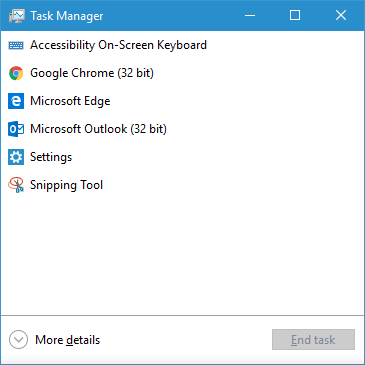
Then, just look for the System item. The latest Insider builds of Windows 10 call this System and compressed memory to make it easier to identify.
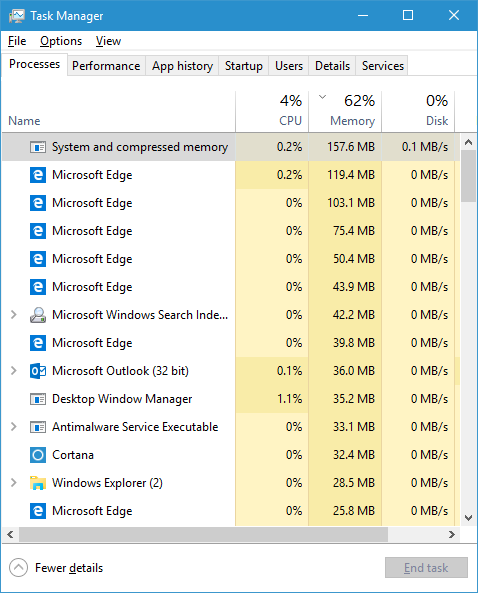
If you would like to learn more about compressed memory in Windows 10, check out this great video on MSDN Channel 9.
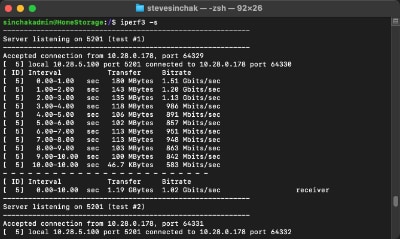
I recently upgraded my home network from gigabit to 10G so I could take advantage of faster transfers between my Synology NAS, Proxmox server, and workstations. But while editing family video clips stored on my NAS, something did not feel right. Every device was connected at 10GbE, but file copy speeds were slower than expected. This made me wonder, are there bottlenecks in my network?
Read More
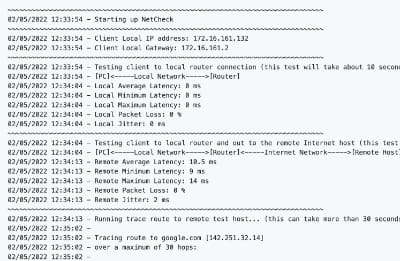
With remote work the new standard, having a fast and quality Internet connection and WiFi has become as important as reliable electricity. And if you work in IT support, confirming an end user's home internet, internal network, and WiFi is healthy without errors is the first step of troubleshooting any slowness or video conferencing issue with Zoom, Webex or Teams.
Read More
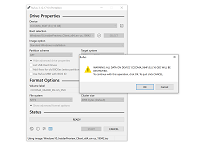
I've written about a few methods over the years to create a bootable USB flash drive from a Windows 10 ISO file. But recently I switched to using a new tool called Rufus that is both reliable at successfully creating bootable media and automating many steps to quickly get the job done so you can perform a clean install. This is very helpful when performing a clean install of the [Windows 10 20H2...
Read More

The latest update to Windows 10 known officially as the October 2020 update and 20H2 is ready for use and has begun rolling out. The final build number of the 20H2 update is 19042 with minor revisions rolling out along with normal security updates via Windows Update. At this time the new build is available to testers before Microsoft pushes it to millions of users in the weeks ahead. Check out the...
Read More





